| 1.
|
Yan Wang, Daniel J. Fridberg, Robert F. Leeman, Robert L. Cook, Eric C. Porges,
Wrist-worn alcohol biosensors: Strengths, limitations, and future directions,
2019,
81,
07418329,
83,
10.1016/j.alcohol.2018.08.013
|
|
| 2.
|
John D. Roache, Tara E. Karns-Wright, Martin Goros, Nathalie Hill-Kapturczak, Charles W. Mathias, Donald M. Dougherty,
Processing transdermal alcohol concentration (TAC) data to detect low-level drinking,
2019,
81,
07418329,
101,
10.1016/j.alcohol.2018.08.014
|
|
| 3.
|
Melike Sirlanci, I. Gary Rosen, Tamara L. Wall, Susan E. Luczak,
Applying a novel population-based model approach to estimating breath alcohol concentration (BrAC) from transdermal alcohol concentration (TAC) biosensor data,
2019,
81,
07418329,
117,
10.1016/j.alcohol.2018.09.005
|
|
| 4.
|
Jian Li, Susan E. Luczak, I. G. Rosen,
Comparing a distributed parameter model-based system identification technique with more conventional methods for inverse problems,
2019,
27,
0928-0219,
703,
10.1515/jiip-2018-0006
|
|
| 5.
|
Alastair van Heerden, Mark Tomlinson, Sarah Skeen, Charles Parry, Kendal Bryant, Mary Jane Rotheram-Borus,
Innovation at the Intersection of Alcohol and HIV Research,
2017,
21,
1090-7165,
274,
10.1007/s10461-017-1926-z
|
|
| 6.
|
Melike Sirlanci, Susan Luczak, I. G. Rosen,
2017,
Approximation and convergence in the estimation of random parameters in linear holomorphic semigroups generated by regularly dissipative operators,
978-1-5090-5992-8,
3171,
10.23919/ACC.2017.7963435
|
|
| 7.
|
Kelly Egmond, Cassandra J. C. Wright, Michael Livingston, Emmanuel Kuntsche,
Wearable Transdermal Alcohol Monitors: A Systematic Review of Detection Validity, and Relationship Between Transdermal and Breath Alcohol Concentration and Influencing Factors,
2020,
44,
0145-6008,
1918,
10.1111/acer.14432
|
|
| 8.
|
Christian S. Hendershot, Christina N. Nona,
A Review of Developmental Considerations in Human Laboratory Alcohol Research,
2017,
4,
2196-2952,
364,
10.1007/s40429-017-0173-8
|
|
| 9.
|
Nancy P. Barnett, Mark A. Celio, Jennifer W. Tidey, James G. Murphy, Suzanne M. Colby, Robert M. Swift,
A preliminary randomized controlled trial of contingency management for alcohol use reduction using a transdermal alcohol sensor,
2017,
112,
0965-2140,
1025,
10.1111/add.13767
|
|
| 10.
|
Melike Sirlanci, I G Rosen, Susan E Luczak, Catharine E Fairbairn, Konrad Bresin, Dahyeon Kang,
Deconvolving the input to random abstract parabolic systems: a population model-based approach to estimating blood/breath alcohol concentration from transdermal alcohol biosensor data,
2018,
34,
0266-5611,
125006,
10.1088/1361-6420/aae791
|
|
| 11.
|
Susan E. Luczak, Ashley L. Hawkins, Zheng Dai, Raphael Wichmann, Chunming Wang, I.Gary Rosen,
Obtaining continuous BrAC/BAC estimates in the field: A hybrid system integrating transdermal alcohol biosensor, Intellidrink smartphone app, and BrAC Estimator software tools,
2018,
83,
03064603,
48,
10.1016/j.addbeh.2017.11.038
|
|
| 12.
|
Melike Sirlanci, Susan E. Luczak, Catharine E. Fairbairn, Dahyeon Kang, Ruoxi Pan, Xin Yu, I. Gary Rosen,
Estimating the distribution of random parameters in a diffusion equation forward model for a transdermal alcohol biosensor,
2019,
106,
00051098,
101,
10.1016/j.automatica.2019.04.026
|
|
| 13.
|
Sina Kianersi, Maya Luetke, Jon Agley, Ruth Gassman, Christina Ludema, Molly Rosenberg,
Validation of transdermal alcohol concentration data collected using wearable alcohol monitors: A systematic review and meta-analysis,
2020,
216,
03768716,
108304,
10.1016/j.drugalcdep.2020.108304
|
|
| 14.
|
Catharine E. Fairbairn, I. Gary Rosen, Susan E. Luczak, Walter J. Venerable,
Estimating the quantity and time course of alcohol consumption from transdermal alcohol sensor data: A combined laboratory-ambulatory study,
2019,
81,
07418329,
111,
10.1016/j.alcohol.2018.08.015
|
|
| 15.
|
John D. Clapp, Danielle R. Madden, Sheila Pakdaman,
Drinking with Friends: Measuring the Two-week Ecology of Drinking Behaviors,
2022,
46,
1087-3244,
96,
10.5993/AJHB.46.2.1
|
|
| 16.
|
Clemens Oszkinat, Susan E. Luczak, I. G. Rosen,
2022,
Physics-Informed Learning: Distributed Parameter Systems, Hidden Markov Models, and the Viterbi Algorithm,
978-1-6654-5196-3,
266,
10.23919/ACC53348.2022.9867145
|
|
| 17.
|
Baichen Li, R. Scott Downen, Quan Dong, Nam Tran, Maxine LeSaux, Andrew C. Meltzer, Zhenyu Li,
A Discreet Wearable IoT Sensor for Continuous Transdermal Alcohol Monitoring—Challenges and Opportunities,
2021,
21,
1530-437X,
5322,
10.1109/JSEN.2020.3030254
|
|
| 18.
|
Clemens Oszkinat, Susan E. Luczak, I. Gary Rosen,
An abstract parabolic system-based physics-informed long short-term memory network for estimating breath alcohol concentration from transdermal alcohol biosensor data,
2022,
34,
0941-0643,
18933,
10.1007/s00521-022-07505-w
|
|
| 19.
|
Mengsha Yao, Susan E. Luczak, I. Gary Rosen,
Tracking and blind deconvolution of blood alcohol concentration from transdermal alcohol biosensor data: A population model-based LQG approach in Hilbert space,
2023,
147,
00051098,
110699,
10.1016/j.automatica.2022.110699
|
|
| 20.
|
Keenan Hawekotte, Susan E. Luczak, I. G. Rosen,
Deconvolving breath alcohol concentration from biosensor measured transdermal alcohol level under uncertainty: a Bayesian approach,
2021,
18,
1551-0018,
6739,
10.3934/mbe.2021335
|
|
| 21.
|
Clemens Oszkinat, Tianlan Shao, Chunming Wang, I G Rosen, Allison D Rosen, Emily B Saldich, Susan E Luczak,
Blood and breath alcohol concentration from transdermal alcohol biosensor data: estimation and uncertainty quantification via forward and inverse filtering for a covariate-dependent, physics-informed, hidden Markov model*
,
2022,
38,
0266-5611,
055002,
10.1088/1361-6420/ac5ac7
|
|
| 22.
|
Mengsha Yao, Susan E. Luczak, Emily B. Saldich, I. Gary Rosen,
A population model‐based linear‐quadratic Gaussian compensator for the control of intravenously infused alcohol studies and withdrawal symptom prophylaxis using transdermal sensing,
2022,
0143-2087,
10.1002/oca.2934
|
|
| 23.
|
Bob M. Lansdorp,
Flux-Type versus Concentration-Type Sensors in Transdermal Measurements,
2023,
13,
2079-6374,
845,
10.3390/bios13090845
|
|
| 24.
|
Kyla-Rose Walden, Emily B. Saldich, Georgia Wong, Haoxing Liu, Chunming Wang, I. Gary Rosen, Susan E. Luczak,
2023,
79,
9780443193866,
271,
10.1016/bs.plm.2023.06.002
|
|
| 25.
|
Clemens Oszkinat, Susan E. Luczak, I. G. Rosen,
Uncertainty Quantification in Estimating Blood Alcohol Concentration From Transdermal Alcohol Level With Physics-Informed Neural Networks,
2023,
34,
2162-237X,
8094,
10.1109/TNNLS.2022.3140726
|
|
| 26.
|
Lernik Asserian, Susan E. Luczak, I. G. Rosen,
Computation of nonparametric, mixed effects, maximum likelihood, biosensor data based-estimators for the distributions of random parameters in an abstract parabolic model for the transdermal transport of alcohol,
2023,
20,
1551-0018,
20345,
10.3934/mbe.2023900
|
|
| 27.
|
J.M. Maestre, P. Chanfreut, L. Aarons,
Constrained numerical deconvolution using orthogonal polynomials,
2024,
24058440,
e24762,
10.1016/j.heliyon.2024.e24762
|
|
| 28.
|
Mengsha Yao, Maria Allayioti, Emily B. Saldich, Georgia Y. Wong, Chunming Wang, Susan E. Luczak, I. G. Rosen,
Real-time recursive estimation of, and uncertainty quantification for, breath alcohol concentration via LQ tracking control-based inverse filtering of transdermal alcohol biosensor signals,
2024,
2,
2994-7669,
38,
10.3934/ammc.2024003
|
|
| 29.
|
Joseph C. Anderson,
A new approach to modeling transdermal ethanol kinetics,
2024,
12,
2051-817X,
10.14814/phy2.70070
|
|
| 30.
|
Mengsha Yao, Gary Rosen,
2025,
10.5772/intechopen.1010428
|
|











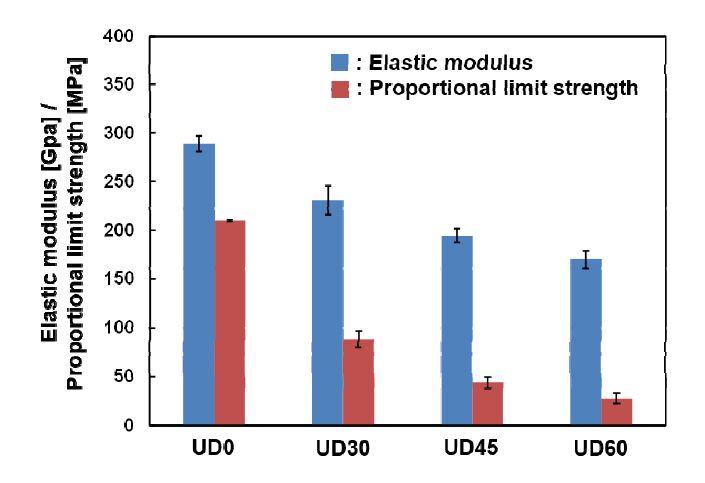
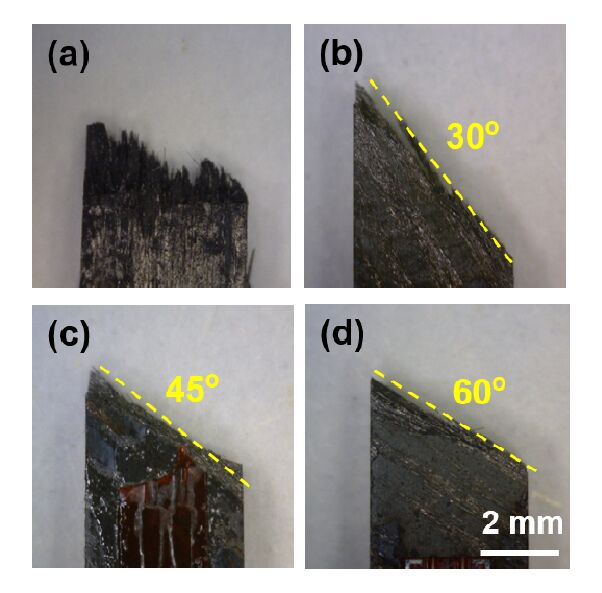
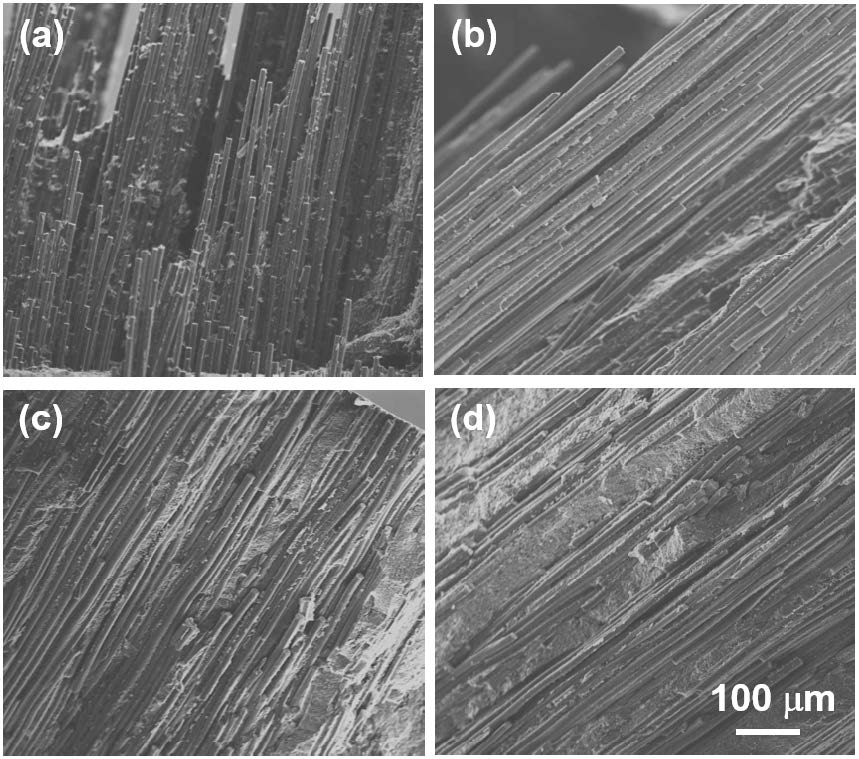
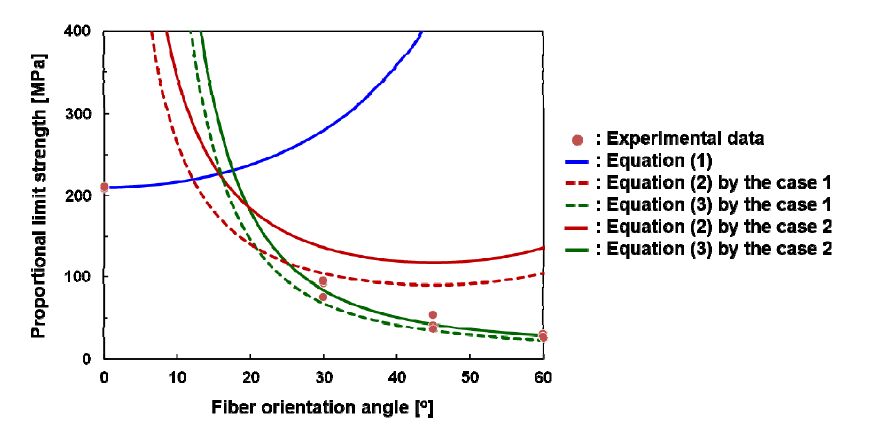
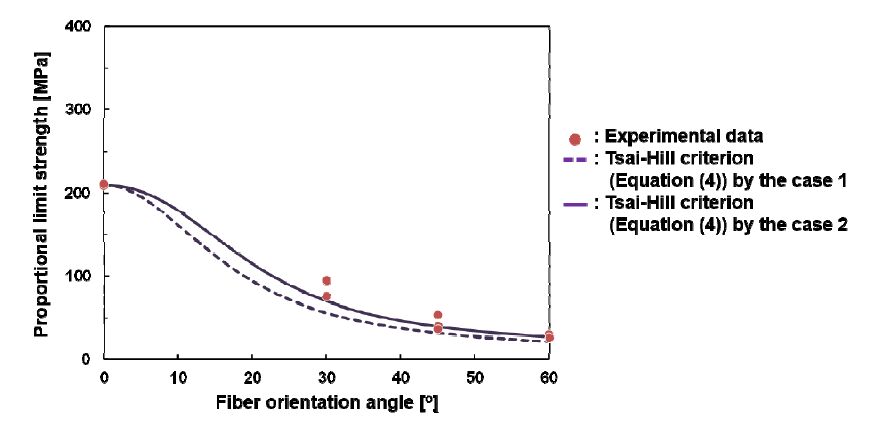


 DownLoad:
DownLoad: